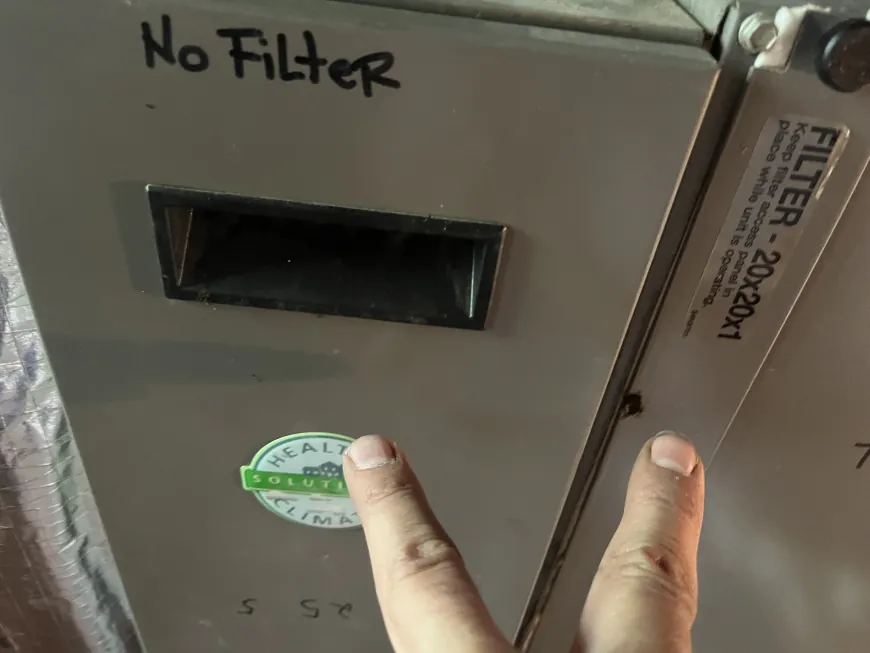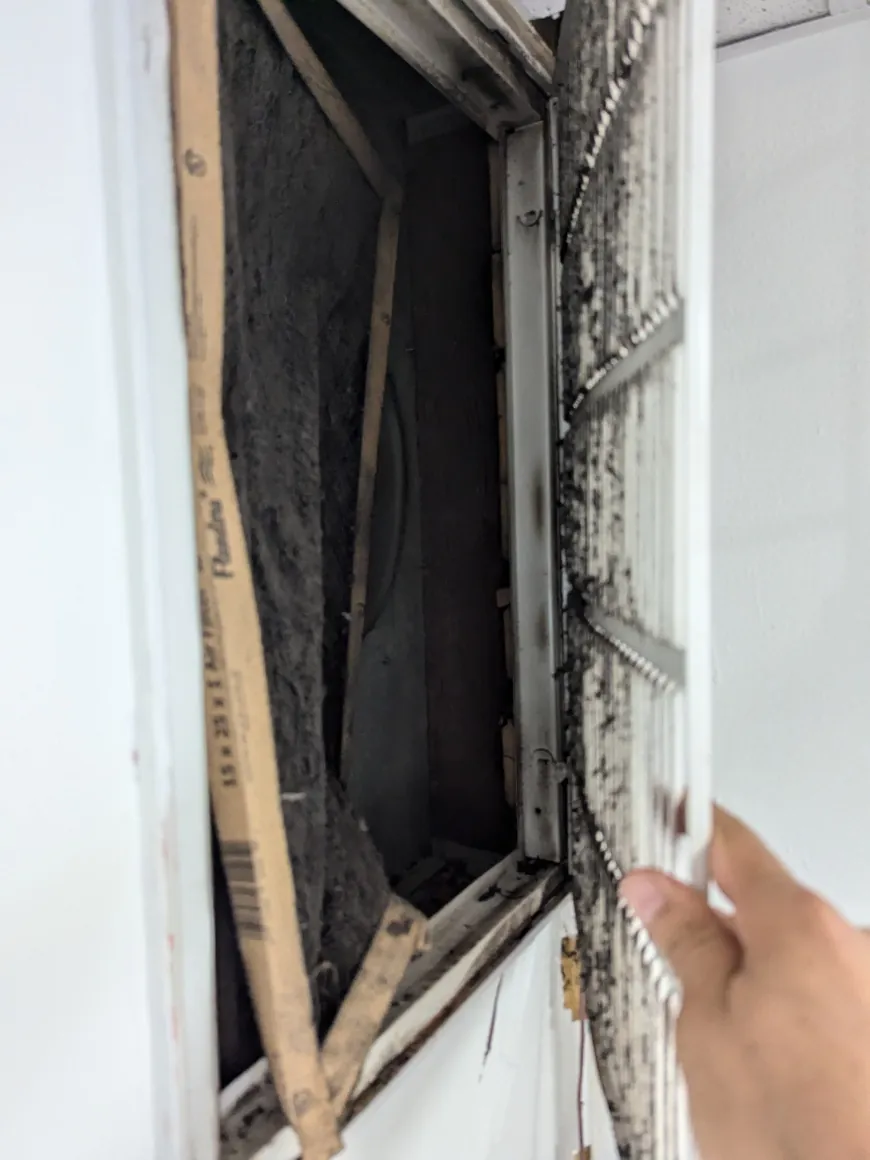Are MERV 13 Filters Too Restrictive for Central AC or Furnaces? Not if You Manage Air Velocity!
Are MERV 13 Filters Too Restrictive? Do they really cause Central AC to freeze or Furnaces to overheat? The answer is NO if done correctly.
Are you concerned that a MERV 13 air filter might be too restrictive for your home's air conditioner or furnace? It’s a common question, but as an air filtration expert, I can assure you: when installed correctly, a MERV 13 filter is not only safe but also highly beneficial for your HVAC system. Many people think high-efficiency filters automatically restrict airflow, potentially leading to issues like furnace repair or even a frozen air conditioner. But here’s the real truth: the key lies not in the filter’s MERV rating but in controlling air velocity, or the speed at which air moves through the filter.
Why Air Velocity Matters More than Airflow
The real issue with any air filter, especially those with higher MERV ratings, is often air velocity. When air moves too quickly through the filter, it creates additional resistance, making it seem like the filter itself is overly restrictive. However, by simply slowing down this air velocity, the filter performs optimally without overworking your system.
By managing air velocity—not reducing airflow—you ensure the system remains efficient and less prone to strain. This is a crucial distinction for avoiding frequent central , as proper filter installation helps keep your HVAC components functioning smoothly.
The following is an image of a duct work with two filters in serices. These 2 filters caused restriction and significantly reduced the airflow requires for the central AC to properly. In fact, it general AC repair service call for a system not cooling. No wonder, low air flow is one of the leading causes of ac not cooling.
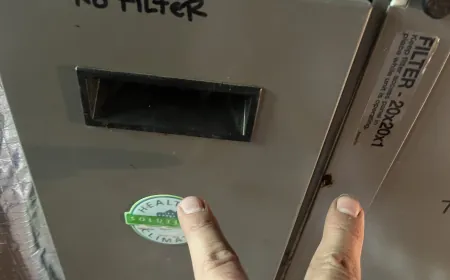
It is critical to specify that it is indeed good idea to install 2 filters in central AC as long as the filters are installed in Paralled but not in series as shown next:
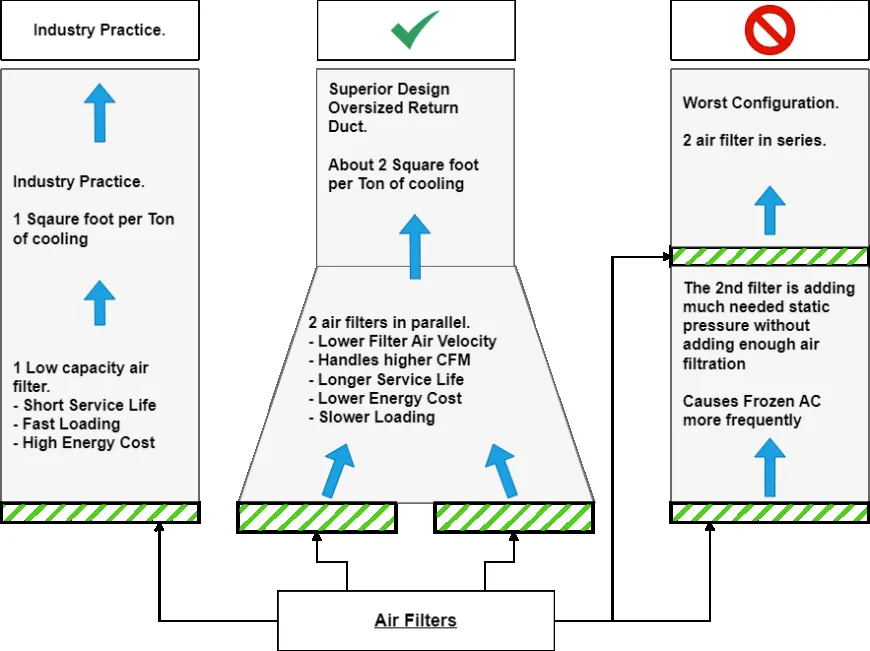
Following is an image of a MERV 4, not pleated air filter that found to be too restrictive and this filter caused the system to overheat and triggerd furnace repair in clifton NJ. So again the filter is low grade throw away that is perceived to be non-restrictive. However the high air velocity through this filter caused to prematrely overlaod with large contaminants such as lint. Should the owner increased the surface of the return grill, the air flow would have been maintained, the air velocity through the filter would have been lower and the air filter would have lived longer.
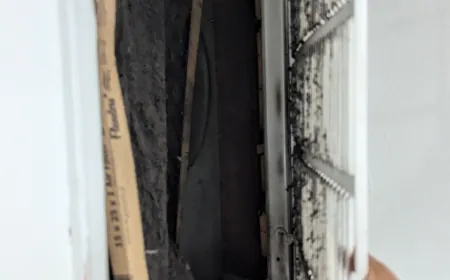
MERV Ratings and What They Mean for Your HVAC System
MERV, or Minimum Efficiency Reporting Value, is the US standard for measuring a fibourous air filter's effectiveness. It is managed by s Higher ratings, like MERV 13, capture smaller particles that lower-rated filters can’t, such as pollen, mold spores, and fine dust. Many people mistakenly think, "Is MERV 13 too restrictive?" The truth is, a MERV 13 filter can be restrictive ONLY if NOT properly installed to manage air velocity, but it’s actually designed to help keep both your air and your system cleaner, protecting against common contaminants.
The Solution: Increase Filter Media Surface Area
To install a MERV 13 filter without overloading your system, the solution is simple: increase the surface area of the filter media. By increasing the surface area, you slow down air velocity, allowing air to flow more easily while still capturing those finer particles that improve your indoor air quality. Larger return ducts are another effective way to reduce velocity, ensuring air moves more freely, thereby keeping your system balanced and efficient.
For instance, among what causes an air conditioner to freeze up, excessive velocity through the filter. High air velocity promote large contimant to quickly load up filters. The solution is to reduce air velocity by increasing sureface area, which maintains airflow while preventing stress on the system.
Installing MERV 13 Filters for Optimal Results
If the track size for your filter is fixed, you can consider retrofitting options to create additional space for a thicker or pleated filter. With these adjustments, your MERV 13 filter can work effectively without placing undue strain on your AC or furnace.
Final Thoughts
So, don’t shy away from a MERV 13 filter thinking it’s too restrictive. When installed correctly and with the right adjustments for air velocity, it’s an asset, helping to enhance your home’s air quality and prolong your HVAC system’s life. By understanding the relationship between MERV ratings and air velocity, you can enjoy cleaner air and avoid unnecessary repairs.

 AlexGivo
AlexGivo 